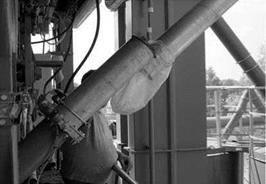Transport
The main objective of transporting a mixture from the asphalt plant to the laydown site is to deliver the mix without changing its properties and in a state that allows for appropriate placement and compaction. Minimizing heat loss and preventing segregation of the mixture constituents are two of the most important issues regarding transportation. Requirements for transporting the mixture to the work site are often defined in technical specifications. Typical requirements are shown, as examples, in the following:
• Specified maximum distance between the asphalt plant and laydown site (e. g., 40 km)
• Maximum travel time from the asphalt plant to the work site (e. g., 2 hours)
Specifying the distance between the asphalt plant and the construction site can be quite a misleading operati...
read more





